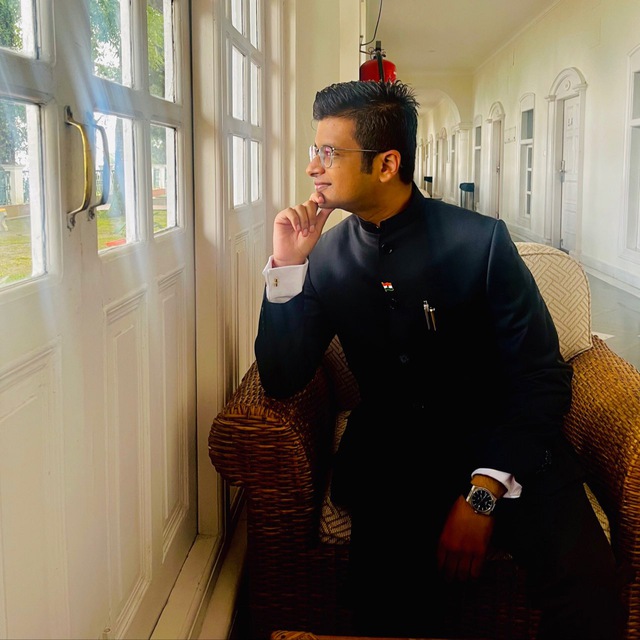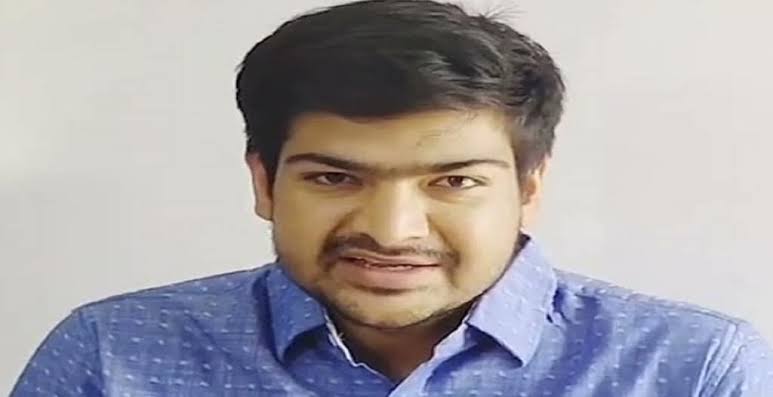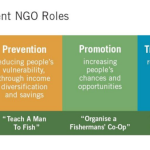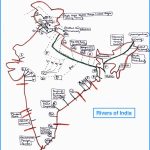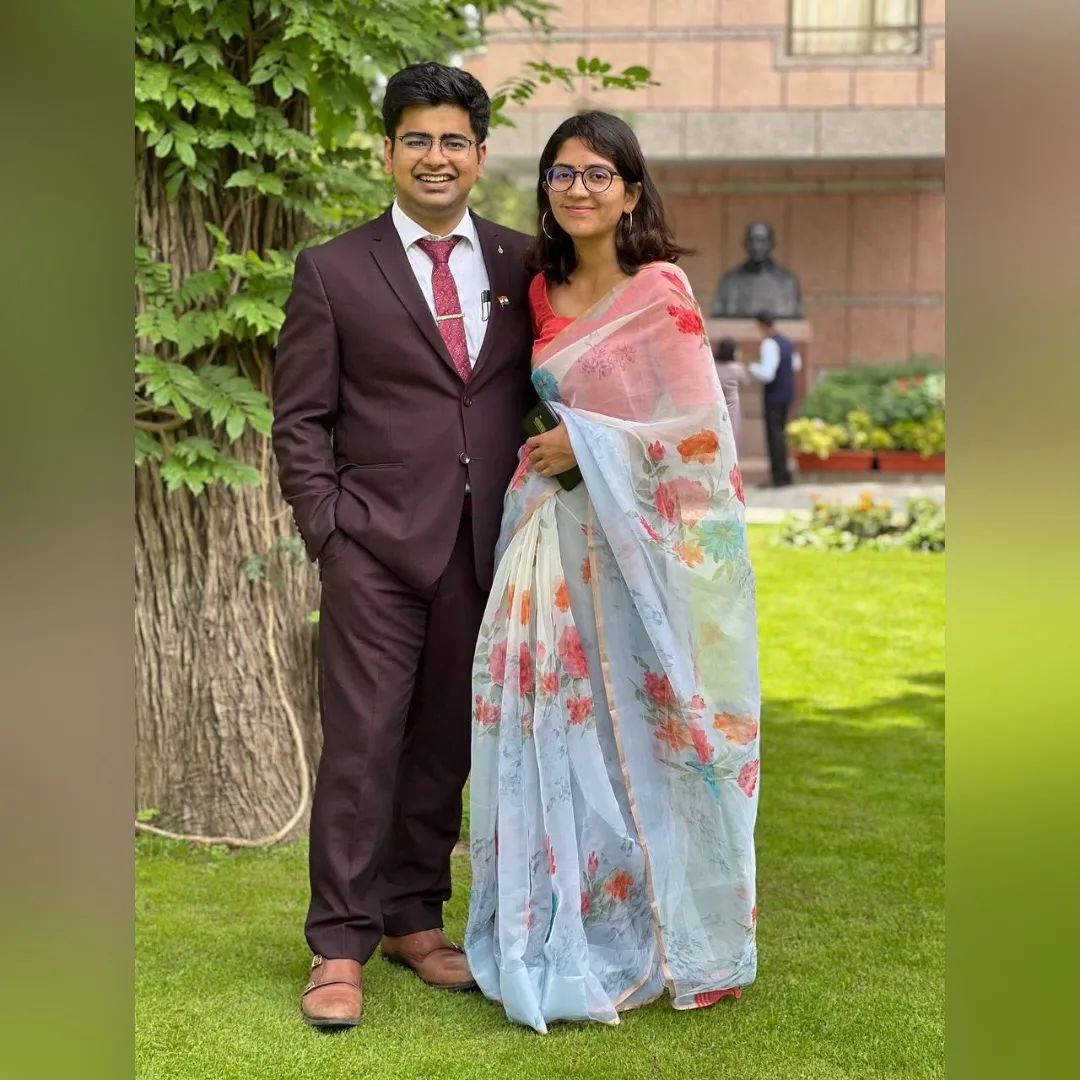Table of Contents
The Ayodhya Verdict 2019
The resolution of a dispute whose origins are as old as the ‘Idea of India’ itself
The 1045 pages long Verdict — unanimous 5-0 verdict by the Constitutional Bench.
- Ram Lalla Virajman to get the disputed 2.77 acre land — Ram temple to be built
- To ensure complete justice under Article 142 — Sunni Waqf Board to get 5 acre ‘suitable land’ within Ayodhya by the Central or UP Government.
- A trust has to be set up within 3 months (till February 2020) to overlook the temple construction. Nirmohi Aakhada to be given appropriate role in the trust due their historic presence on the land (as caretaker).
- Ram Lalla is recognised as a ‘jurist person’ (one who can sue and can be sued) BUT the claim of the Ramjanambhoomi to be given the status of ‘jurist person’ doesn’t hold value.
- Nirmohi Aakhada claim to the land is dismissed.
- Shia sect’s claim to the Masjid is also dismissed — thus accepting that the Babari was indeed a Sunni Masjid.
- Demolition of Babari Masjid (6th December 1992) was unlawful.
- Placing of idols on 22/23 December 1949 was unlawful.
- ASI report confirms that there existed a structure from the 12th century under the disputed land. This structure was not Islamic — suggesting Hindu temple. The report also confirms that the masjid was NOT constructed on a vacant land.
- However there is a period of about 400 years, from 12th century to 1528 (when Babari Masjid was constructed by Mir Baqi), records of which are not available, thus this is the period of darkness.
- The verdict came out of 9 November 2019 — this day is significant
- On this day in 1989 the ‘Berlin Wall’ was demolished, unifying the two Germanys
- This very day in 2019 itself, Kharatpur corridor opened up with the first jattha of devotees made the pilgrimage.
- The verdict was categorically called by the SC bench to be ‘based on facts and constitutional values, not on faith’.
- The muslims could not provide any evidence to prove that they were in exclusive possession of the land till 1857 (before annexation of Oudh by the Britishers) since 1528.
- A demarcation was made by the Britishers after the communal fights between Hindu and Muslims — thus separating the inner circle (to be believed as the birthplace of Ram, and the very place where the central dome of the Babari stood) and the outer circle. Muslims used to offer namaz in the inner circle and hindus used to worship from the outer ring. This segregation was never accepted by the Hindu parties, who always laid claim to the entire land as a matter of faith and belief.
- The 116-page addendum to the order holds elaborate discussions, citing numerous sources, books etc to finally conclude that Hindus’ belief that the said place is the birthplace of Lord Rama was based on some reasonable grounds. Faith of 100s of million people has to be valued.


| IMPORTANT NAMES SC Judges Ranjan Gagoi DY Chandrachud SA Bobade Ashok Bhushan S A Nazeer Allahabad HC Judge 2010 — Sudhir Agarwal ASI team leader who carried out excavation — Buddha Rashmi ManiLawyers Ram Lalla Virajman — K Parasaran, C S Vaidhyanath Hindu Mahasabha — Hari Shankar JainNirmohi Akhada — Sushil Kumar Jain Sunni Waqf Board — Rajeev Dhawan, Meenakshi Arora Literature/Scripts Tulsi Das Ain-e-Akbari (Abul Faizal) Travelogues of — Tieffenthaler, William Finch (1608) and Montgomery Martin (18th Century)Baburnama (aka Tuzuk-i-Baburi) |
Verdict and aftermath
- CJI called upon the Chief Secy and DGP UP to discuss the law and order preparation
- All the top ministers (including PM) and politicians made appeal to maintain harmony and brotherhood.
- Modi said — Whatever will be the verdict, there will be no one party victor or loser, India will win.
- Strict appeal by the admin to maintain decorum at the social media. No hateful messages.
- All the media houses asked to maintain harmony in debates and refraining from commenting without proper information.
- Section 144 imposed on entire UP on 9 November 2019.
- 40 battalions of CRPF shifted to Ayodhya before the verdict.
- Almost no reported cases of violence or communal cases reported in entire UP and India after the verdict.
- Strict peace was maintained in the nation.
- Sweets were distributed between Hindus and Muslims.
- Sunni Waqf board respected the verdict and said that they won’t appeal again. For them the case is closed and asked muslims to look forward.
- Many muslim organisation though showed some disappointment over the verdict but respect the verdict and asked the fellow Indians to look forward and maintain harmony.



![Disaster Management UPSC Notes - [Important Topics Covered] images-23](https://iasbio.com/wp-content/uploads/2023/06/images-23-150x150.png)

![TRIFED | Tribal Development in India [UPSC Notes] images-2023-06-13T153342.179](https://iasbio.com/wp-content/uploads/2023/06/images-2023-06-13T153342.179-150x150.jpeg)

